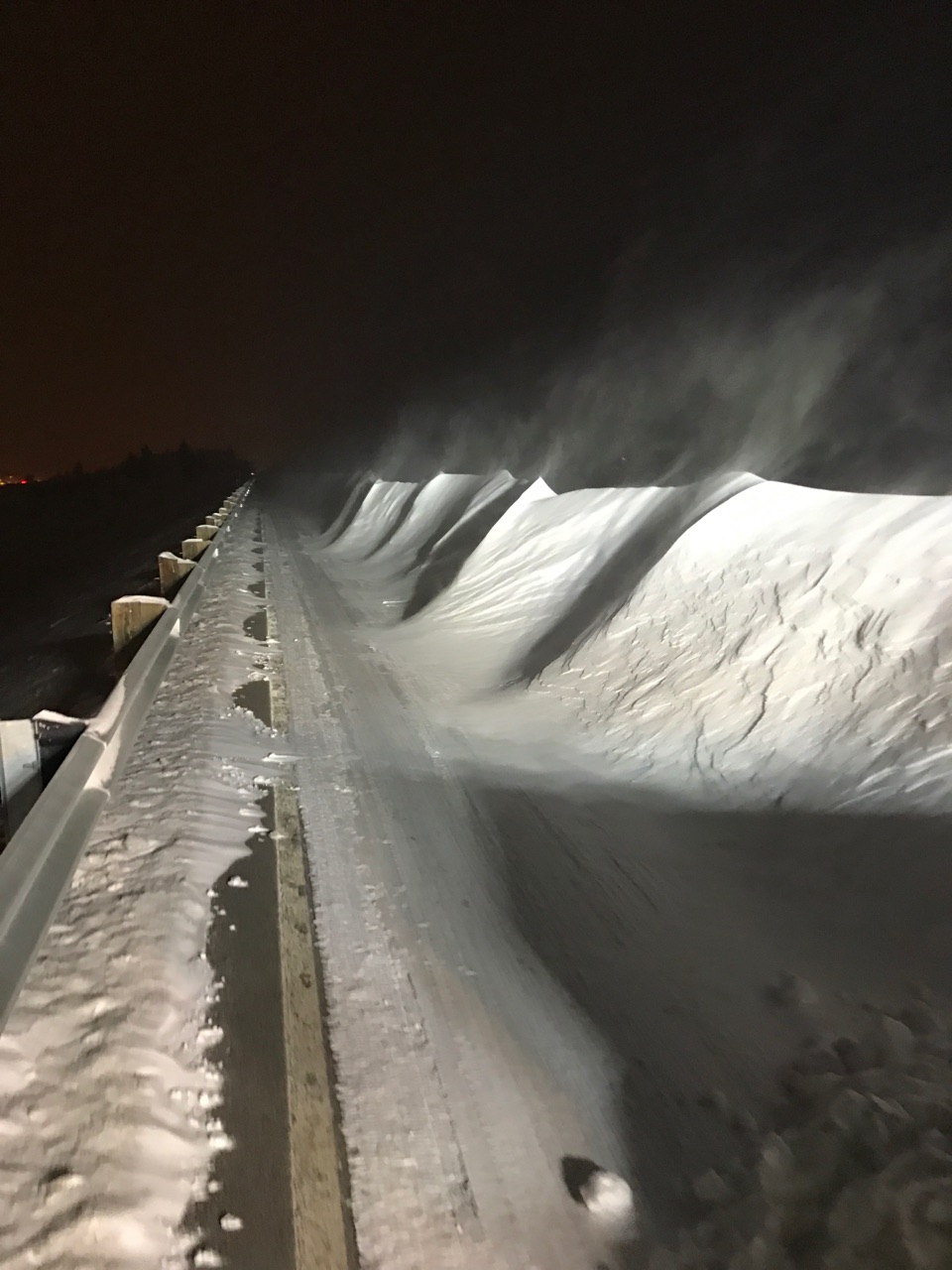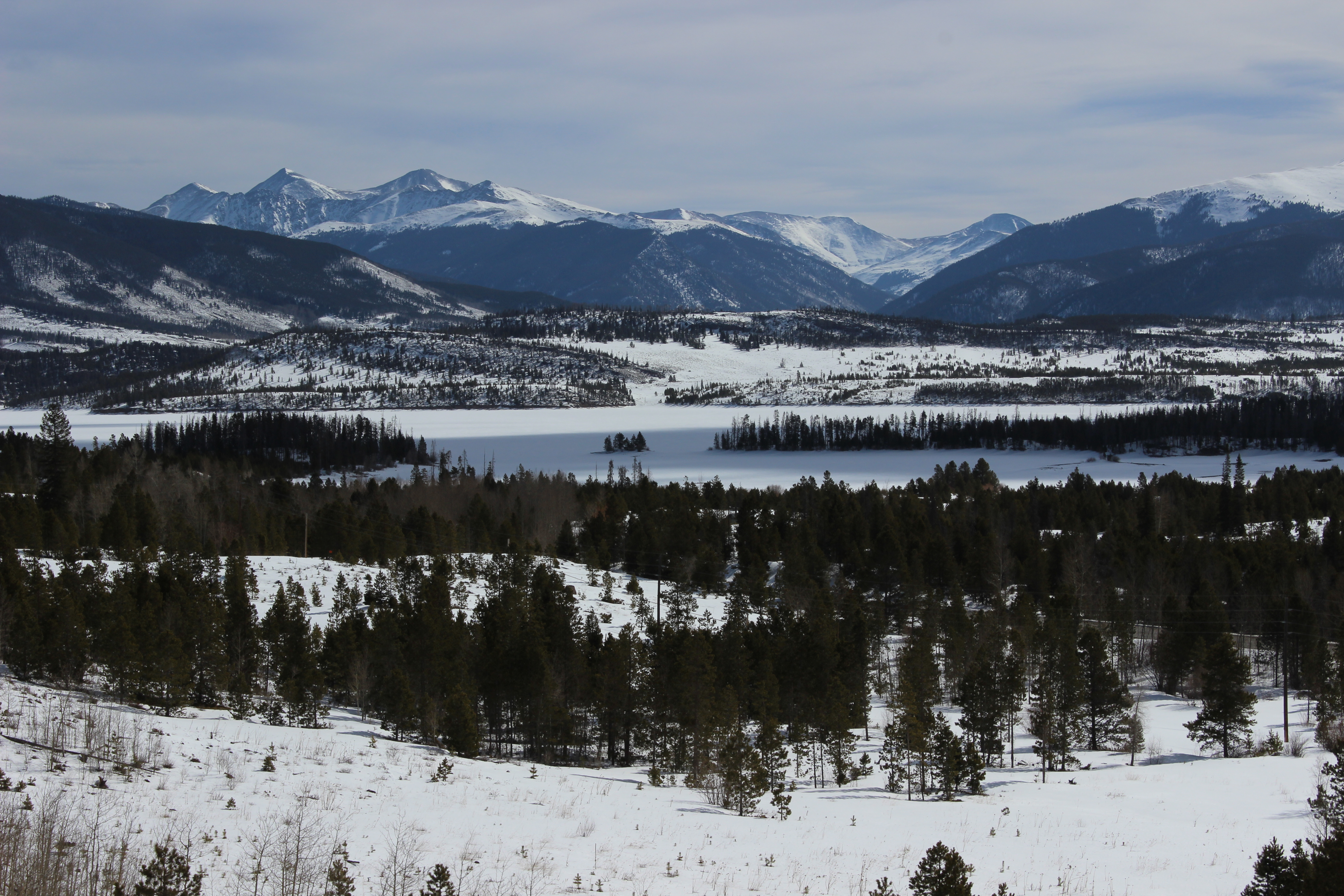
Why Frisco snow is a ‘no go’ in Dillon Reservoir
After a recent blitz of blizzards, the Town of Frisco is running out of places to pile all the plowed powder.
One seemingly logical solution: Dump it into nearby Dillon Reservoir. The town clears out its snow, and the reservoir gets more water. Everybody wins, right?
Unfortunately, it’s not that simple.
“While filling storage reservoirs is the goal each year, we don’t want to do it at the expense of water quality,” said Bob Lindgren, director of source of supply for Denver Water.
During the snow removal process, oils from asphalt surfaces, mag chloride, salt, sand and other contaminants mix in with the snow, he explained. Rather than dumping that into the reservoir, it’s better to let the snow piles melt above ground, which allows the impurities to be filtered out before making their way into the water.
“We take our responsibility to be good stewards of this resource very seriously, and common sense dictates that you don’t plow debris from streets and parking lots and dump them directly into a reservoir,” said Diane McBride, Town of Frisco assistant town manager and recreation director. “Instead, we store our snow in lots around town and allow the melt and subsequent run-off process to run its course.”
Of course, it’s inevitable that some of these materials will still find their way into the reservoir.
“Fortunately, when we’re talking about a reservoir the size of Dillon, it’s like adding a drop of water to an 84-billion-gallon bathtub,” said Lindgren. “It becomes diluted pretty quickly.”
But that’s just the first step toward quality in this journey of water.
Additional filtration will occur as the water travels through the 23-mile Roberts Tunnel and joins flows with the North Fork of the South Platte River on into Strontia Springs Reservoir — the last stop before being piped to two of Denver’s three drinking water treatment plants.
Here, the water treatment process keeps any remaining contaminants out of drinking water.
“We’re not only paying attention to water quality at the treatment plants,” said Lindgren. “It’s part of everything we do when managing our supply, starting in our mountain watersheds.”


